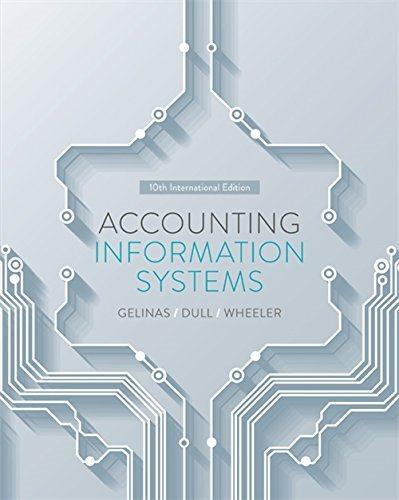Question
T or F 13. The IFRS are specifically meant for conventional and Islamic forms of business. 14. International Accounting Standards (IAS) are the standards issued
T or F
13. The IFRS are specifically meant for conventional and Islamic forms of business. 14. International Accounting Standards (IAS) are the standards issued after 2001. 15. The Islamic finance industry requires its own set of accounting and financial reporting standards. 16. Being focused on accountability and Shar'ah compliance framework, the Islamic accounting standards have neglected the important objective of financial accounting: to provide useful information to the users of such reports. 17. Unlike the conventional banks which aim at mobilising deposits and advancing loans on interest, the Islamic banks focus on investment financing and social services. 19. Credit is an increase in assets, revenue and capital and a decrease in liabilities and expenses. 23. The information generated in cost and management accounting is useful in planning, controlling and the measurement of performance. 24. Auditing is the branch of accounting that determines the authenticity, validity and reliability of the financial information recorded or disclosed during a financial period. 25. External auditing is when the business engages the services of an outside company, usually a law firm, to conduct the auditing. 26. It is a modern practice to combine both internal auditing and external auditing for a particular financial year. 27. The most popular method of communicating financial information to consumers or users is through the use of financial reports. 28. Islamic accounting emphasises the importance of the religio-spiritual element in financial transactions while neglecting the element of profitability.
29. The Accounting and Auditing Organization for Islamic Financial Institutions (AAOIFI) which was established in 1990 issued the first accounting auditing, governance and Shar'ah standards in 1993. 30. While some Muslim countries have required Islamic financial institutions in their respective jurisdictions to abide by the AAOIFI reporting standards, others allow such Islamic financial institutions to adopt the standards voluntarily. 31. While the first Statement of Financial Accounting (SFA No. 1) in the AAOIFI Standards is on the objectives of financial accounting, SFA No. 2 focuses on the instruments of financial accounting for Islamic banks and financial institutions. 32. There are 25 AAOIFI standards that are relevant to Islamic accounting. 33. One of the objectives of financial accounting standards for Islamic banks and financial institutions as identified by AAOIFI is to assist the Islamic banks, in the absence of accepted accounting standards, in making choices among alternative accounting treatments 38. Islamic banks and financial institutions are not required to publish comparative financial statements. 39. The cash flow statement (also known as the Statement of Financial Position) is a summary of financial balances of a corporate entity 42. The purpose of the cash flow statement is the identification of the sources and uses of cash during the financial year in question 45. The period of time covered by the income statement is defined to be one fiscal year for all business entities as per the following example: Income Statement for the Fiscal Year Ended January 31, 2012 (The period of January 1, 2011 through January 31, 2012). 46. General and administrative expenses must be disclosed in the statement of financial position according to para 44. 47. The cash flow statement may also be called the statement of cash flow or the funds flow statement. 49. The statement of retained earnings is a financial statement that explains the changes in the retained earnings of a company over a period of time being reported 50. For corporations, the statement of retained earnings is called the statement of partners equity.
Step by Step Solution
There are 3 Steps involved in it
Step: 1

Get Instant Access to Expert-Tailored Solutions
See step-by-step solutions with expert insights and AI powered tools for academic success
Step: 2

Step: 3

Ace Your Homework with AI
Get the answers you need in no time with our AI-driven, step-by-step assistance
Get Started


